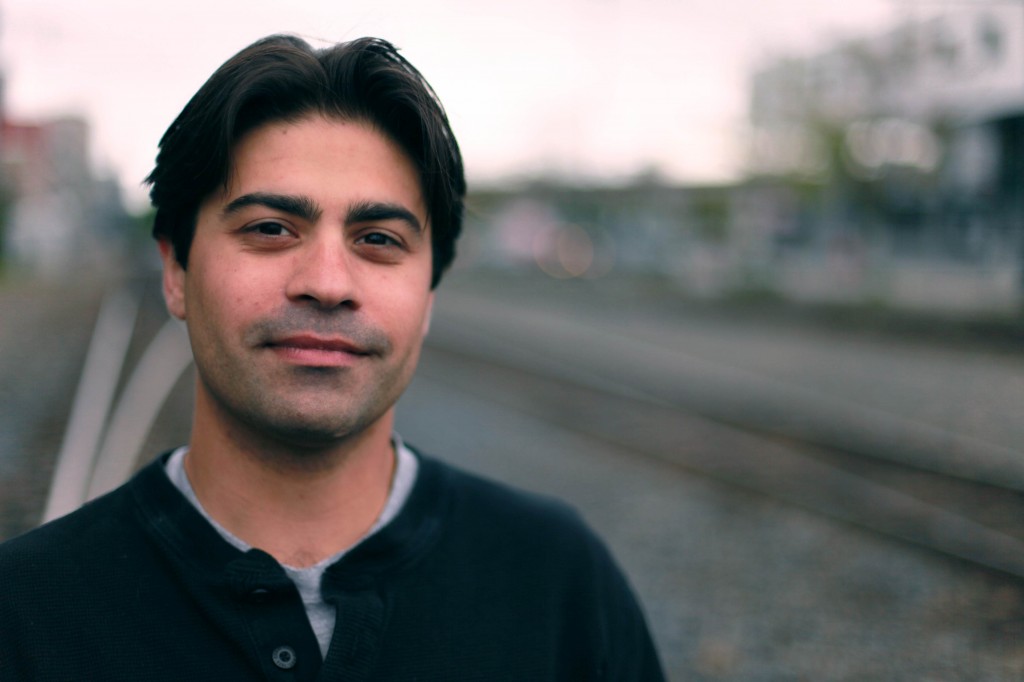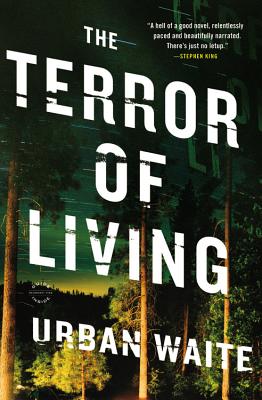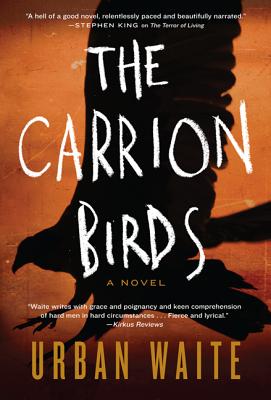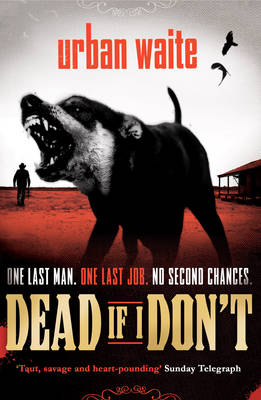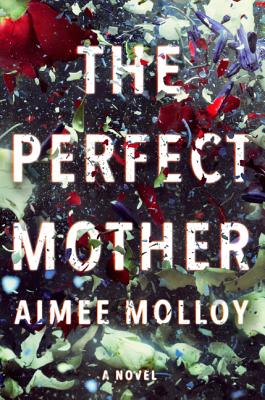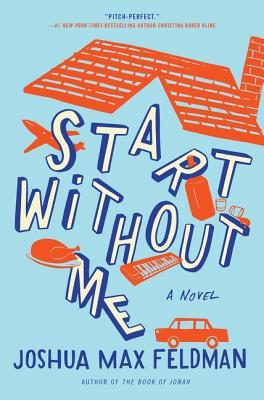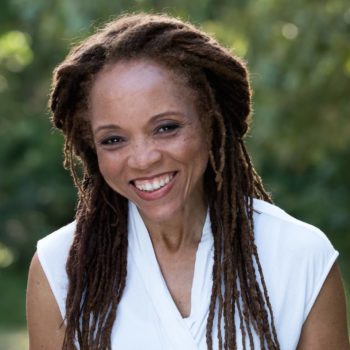The cover of The Carrion Birds (William Morrow) features the stark black silhouette of a buzzard, presumably circling something recently—or about to be—killed. It’s an arresting image, and one that suits Urban Waite’s second novel, a piece of literary noir that unfolds on the border with Mexico. A drug lord’s hired gun, the protagonist seems like a doomed man from the outset, a man struggling against powers beyond his control. By the middle of the book, I pictured carrion birds circling closer with every chapter.
The novel follows Ray Lamar, the aforementioned hired gun, as well as his cousin, Tom Herrera, an ex-sheriff who can’t seem to let go of his urge to protect Coronado, the New Mexico town where both these men grew up. After stealing a cache of heroin, Ray finds himself marked for death by the cartel he stole it from. For the rest of the book, he struggles to survive their retribution, slowly entangling his cousin Tom in the bloody mess as well.
Carrion Birds elaborates on territory Waite staked out with his first novel, The Terror of Living, which I had the pleasure to discuss with him for FWR back in 2011. Like in Terror, both characters in Carrion Birds are tormented by past mistakes. With Ray Lamar, this manifests in the misery inflicted on his family through his choice of “career.” With Tom Herrera, we find a man in disgrace. Due to a miscalculated quest to bust the cartel, Tom got himself expelled from the sheriff’s department years before the novel begins.
Yet there are noticeable differences in the second novel. While Terror worked with a blisteringly oracular tone, Carrion Birds feels more controlled, more thoughtful, allowing Waite to wring every last drop of dread from the spectacular violence that inhabits his pages. Waite also renders a wider variety of supporting characters, bringing the town of Coronado to life. The most notable in this cast are the anxious mayor, Eli, and the new sheriff, Edna Kelly, a strong woman in a world of reckless men. To even call this town a “setting” would be a disservice. Essentially, Coronado acts as a character itself. The scenes between its mayor, its oil unions, and its sheriff’s department reveal just how the tide of violence following Ray may seal Coronado’s fate.
With The Terror of Living now being adapted for the screen, and The Carrion Birds just published by William Morrow, Waite feels cautiously optimistic about the future. To me, however, it seems caution is unneeded. Clearly, Waite has great work ahead of him. After reading The Carrion Birds, I found it impossible to deny that his skill grows more sophisticated every year. His latest work explores a nuanced range of emotion without sacrificing any of the teeth-clenching grit that made his first book so compelling.
Interview:
Cam Terwilliger: What have you been up to since your last book? Has there been any significant shift in your writing life now that you’ve moved on from your debut novel?
Urban Waite: It hasn’t been the biggest change from the pre-debut to post-debut. But in general I do feel a bit more urgency in my life—urgency to keep this writing thing going, to wonder if I’m doing it right. I guess the best way to say it is that I’m much more aware that I have an audience in a way I didn’t before. When I was writing stories, or even Terror, I was mostly writing for myself. I guess I’m still doing that but now I have editors and agents that are asking me how things are going, or asking to see pages, and most importantly there are readers who contact me about my writing and see things in that writing that I’d never even thought of. So I guess I feel a responsibility to them. It’s stressful and at the same time it’s really nice and I take what people say seriously.
When we spoke in 2011 about your first novel, you said you were “obsessed with the idea of the past dictating the present.” I was happy to find that obsession bubbling to the surface in your second book, too. This time around, how did you re-approach the idea of being haunted by past crimes (sins, even)?
In many ways Ray’s life stopped the moment he lost his wife. He wasn’t interested in moving on. He was angry and that anger seeped into him like a virus and took him over. In Terror everyone suffers from the past, but in many ways they’ve moved on from whatever definitive event marked them. In Carrion Birds that isn’t the case for Ray. You’re right: he is completely stuck.
But what’s at the heart of Ray is also what is poisoning him. He wants the life that has been taken from him when he lost his wife, and for Ray—in the opening of the novel—that means going home to Coronado to find the son he left behind. What Ray does not understand is that that life can never be.
Ray is a kind of time traveler—ten years gone from his hometown of Coronado, New Mexico—he returns and brings all the problems of the past with him. And for the other characters in the novel, like his cousin Tom, the former sheriff of Coronado, and Edna Kelly, the current sheriff, this means dredging up a past they’d both rather leave behind them.
One thing I loved about the book was the palpable weight of family. The fact that Tom and Ray are cousins adds a layer of tension and complexity between them. And the fact that their fathers play active roles also adds an important sense of family history. Why did you choose to make so many of the characters connected by blood?
To be honest the family connections were established out of my own frustration with the story. At the heart of this novel is a singular violent event that in some way affects them all. I wanted these characters to be bound by their participation in this event but nothing I was writing at the time seemed to bring them together in the way I hoped.
Family helped me in this way. I’ve always seen writing a novel as akin to trying to put together an eighty-thousand-word jigsaw puzzle. If the pieces don’t fit they’re never going to. And forcing them will never look right. So for a while I tried arranging the pieces in all different ways, and eventually by tying these characters together as a family I was able to strengthen the connection that bound them.
While The Terror of Living focused on the lush world of Washington and British Columbia, this book makes a noticeable shift to the deserts of New Mexico. Do you feel this relocation was more than just a change in scenery?
I think the easiest way I can explain it is—from Terror to Carrion Birds—the circumstances have changed. In Terror the characters roam with a kind of purpose all over the state; from the mountains, to the farmlands, to Puget Sound, to the mountains again, and then on to the city. They make decisions based on the relative advantages of each particular landscape. In Carrion Birds there is only one location, that of Coronado, New Mexico, a small town on the border with Mexico. It is open scabland fenced in by the border to the south and a range of mountains to the north. The place small enough that if the characters drive into Coronado and out the other side it would take them a matter of minutes.
In contrast with the town is the immense scale of the surrounding valley, filled with mountains, open desert, and the long road that connects this town to the rest of the world. This dynamic of open space and small community is what drew me to the deserts of New Mexico. There is a stark quality to a place like this. The landscape scraped to its barest form. No trees or obstructions for miles and a sense that those moving across a place like this one are also stripped bare, visible for miles as they carry with them all they posses.
It was especially fascinating to see the town develop and to trace the role it played in the novel. For example, I was pleasantly surprised to discover the subplot about the politics of the oil industry. How did you see these social concerns playing with your central plot? Also, is Coronado a real place, or one of your invention?
The town of Coronado wants to live. Or at least the people in charge want it to. Like many of the characters in the novel, the mayor realizes that if Coronado goes, so goes his way of life. It’s an oil town and like a lot of oil towns it is dependent on a natural resource with a dwindling supply.
Coronado is a real town in the sense that it is a place made up of many other places. It exists and it does not exist. I don’t really know how to say it any other way. To say it is only a place in my imagination does not seem right. I know places like this one, I have driven through them, I have seen the way the cement has cracked in the cold and baked in the sun. Or the storefronts sit empty, or the houses have been abandoned. It is in some sense Anywhere, USA. And that is the truly scary thing about a place like Coronado.
But thinking on it now I’m happy with the way the town acts and reacts under all this stress. Like so many of the characters in The Carrion Birds, the town is fighting to preserve one side of its self from attack while leaving its other sides unguarded.
Finally, how has it felt to have The Terror of Living slated to be made into a movie? Are you involved very much?
Good question. And the very complicated answer is that I try not to feel anything about it. On one side I’m proud that so many people have stepped forward to fund and direct the movie. But on the other side I don’t want to get my hopes up just yet. I’ve read the script and I really do love it. It’s different than the book, but it’s different in a way that will play well to the film audience. And the director does seem to get what I was going for, while at the same time putting his own spin on it.
That all being said, I’m looking forward to seeing how the movie process comes along. For the most part I’m out of it. I know at the moment there is a bit of casting going on but I don’t know who has been contacted or who might be interested. My part in all this is very small. Besides giving my blessing on the script and maybe a few suggestions that the director can take or leave, I don’t really see myself contributing more than that. I think he knows my life is in books at this point. Or at least it needs to be for the moment.
In May I’ll be in L.A. for a week and a half doing the book tour for Carrion Birds and I’ll probably grab a drink or dinner with the director and maybe meet a few of the people involved. But who knows. At this point I feel like any contact I get from them is a kind of courtesy and I’m glad to be involved in some small way. (Maybe in May I’ll find out who’s in this thing.)
Bottom line about all this is I probably just don’t want to get my heart broken. I can do things about my books but this movie thing is way beyond my control. Just happy to see how it all turns out.
Links and Resources:
- For more on Urban Waite’s work, or to check out upcoming author appearances, please visit the author’s Website.
- Here’s Urban Waite on Omnivoracious.
- Read Waite’s story “Open Water,” published by Agni online in 2007.

